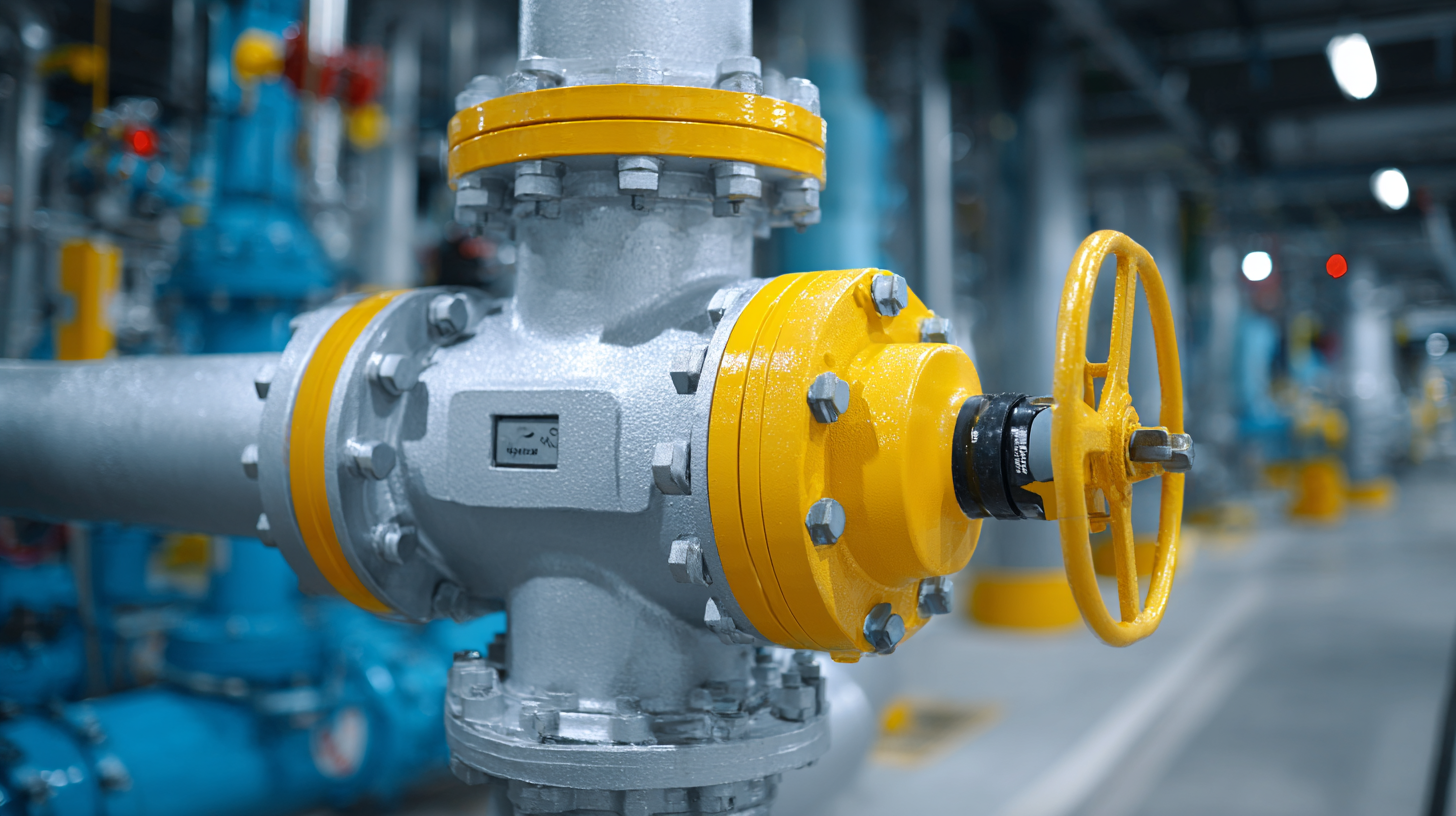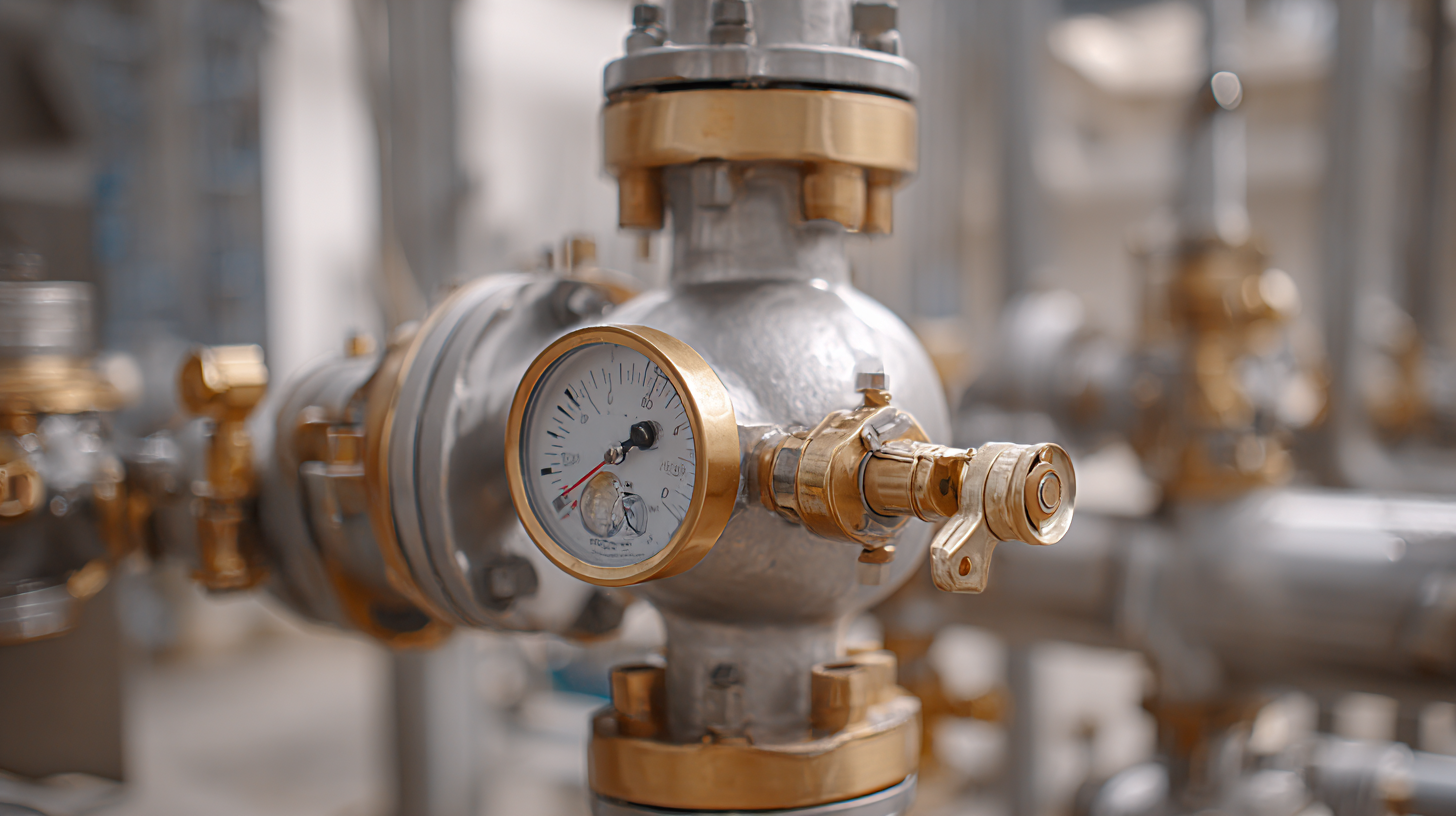Maximizing Safety: The Essential Guide to Temperature and Pressure Relief Valve Maintenance
In the realm of industrial safety, the significance of proper maintenance for temperature and pressure relief valves cannot be overstated. These critical components serve as the last line of defense against equipment failure and potential catastrophic events. According to a report from the National Safety Council, improper maintenance of pressure relief systems is a contributing factor in nearly 30% of industrial accidents, emphasizing the need for rigorous adherence to best practices. Regular inspections and timely maintenance of temperature and pressure relief valves are crucial for ensuring they operate effectively when called upon. By understanding the essential procedures and guidelines outlined in this guide, organizations can enhance their safety protocols, reduce the likelihood of unexpected downtimes, and ultimately protect both personnel and assets.

Importance of Regular Inspections for Temperature and Pressure Relief Valves
Regular inspections of temperature and pressure relief valves are crucial in maintaining the safety and efficiency of industrial systems. These valves play a significant role in preventing overpressure scenarios that can lead to catastrophic failures. By routinely checking these components, potential issues such as corrosion, blockages, or mechanical failures can be identified early on, significantly reducing the risk of accidents and ensuring compliance with safety regulations.
Moreover, regular maintenance extends the lifespan of these valves, ultimately saving costs associated with premature replacements and system downtimes. By adhering to a consistent inspection schedule, operators can ensure that their relief valves operate under optimal conditions, thus enhancing the overall reliability of their systems. Whether it's a visual inspection for leaks or testing the operational functionality, prioritizing these checks is essential for effective risk management in industrial environments.
Understanding Common Failure Modes in Relief Valves
Relief valves are crucial in maintaining the safety and efficiency of pressurized systems. However, they are prone to common failure modes that can compromise their function. One significant failure occurs when the valve fails to open at the designated pressure, often due to corrosion, debris accumulation, or mechanical defects. This blockage can lead to overpressure situations, putting the entire system at risk of catastrophic failure. Regular inspection and cleaning can help mitigate these issues and ensure smooth operation.
Another prevalent failure mode is the premature opening of the relief valve, which can be caused by incorrect settings, vibration, or inappropriate installation. When a valve opens too early, it can unnecessarily vent steam or gas, leading to energy loss and reduced system efficiency. Understanding the specific operating conditions of the relief valve and conducting proper maintenance, including recalibrating the settings periodically, can help prevent these types of failures. By addressing these common issues proactively, facility operators can enhance system reliability and maximize safety.

Best Practices for Lubrication and Cleaning of Relief Valves
Proper lubrication and cleaning of temperature and pressure relief valves are crucial for ensuring their optimal performance and longevity. Regular maintenance not only prevents malfunctions but also minimizes the risk of system failures that could lead to hazardous situations. When it comes to lubrication, it is essential to use the appropriate type of grease or oil recommended by the manufacturer. Applying the right lubricant helps reduce friction, prevents corrosion, and ensures smooth operation of the valve mechanisms.
Cleaning the relief valves involves removing accumulated debris, dust, and contaminants that can impair their functionality. A thorough inspection should be conducted during cleaning to check for any signs of wear or damage. It is advisable to disassemble the valve according to the manufacturer’s guidelines, using soft brushes and non-abrasive cleaners to maintain the integrity of the components. Regular cleaning schedules, ideally aligned with inspection intervals, will help maintain the valves in optimal working condition, thereby enhancing safety and reliability in various applications.
How to Properly Test and Calibrate Relief Valves
Testing and calibrating temperature and pressure relief valves is crucial for ensuring safety and optimal performance. Regular testing helps identify any malfunctions that could lead to dangerous situations, especially in high-pressure environments like boilers. The frequency of these tests should align with manufacturer recommendations and industry standards. It is advisable to conduct tests under controlled conditions to minimize risks, ensuring that personnel understand when it is safe to operate the relief valve and when to refrain.
To properly test and calibrate relief valves, technicians must follow a systematic procedure. This includes checking the valve's response to pressure, ensuring it opens and closes at the specified set points. During these tests, safety protocols must be strictly adhered to, as improper handling of relief valves can pose significant hazards. Additionally, advancements in valve technology, such as improved sealing designs and enhanced performance metrics, can aid in achieving more reliable operations and reducing the risk of accidents. Regular maintenance, combined with thorough testing, is essential to maximizing safety and the efficiency of relief valves in any system.
Signs of Wear and When to Replace Relief Valves
Temperature and pressure relief valves are critical components in maintaining the safety and efficiency of various systems. Over time, these valves can exhibit signs of wear that indicate it's time for a replacement. Common indicators include visible corrosion, leaks around the valve seat, and irregular or inconsistent operation. If a valve is unable to open or close fully, it may compromise the safety of the system it serves, leading to elevated pressures that could result in catastrophic failures.

Routine inspections should focus on the condition of the valve's seat and diaphragm. Any signs of deformation or wear can diminish the valve's effectiveness and should be taken seriously. Additionally, look for any unusual noises or vibrations during operation, which can suggest internal damage or improper functioning. Understanding these signs of wear and being proactive about valve maintenance can help ensure that operations remain safe and compliant with regulatory standards. Regular replacements not only enhance safety but also contribute to the overall reliability of the system.

